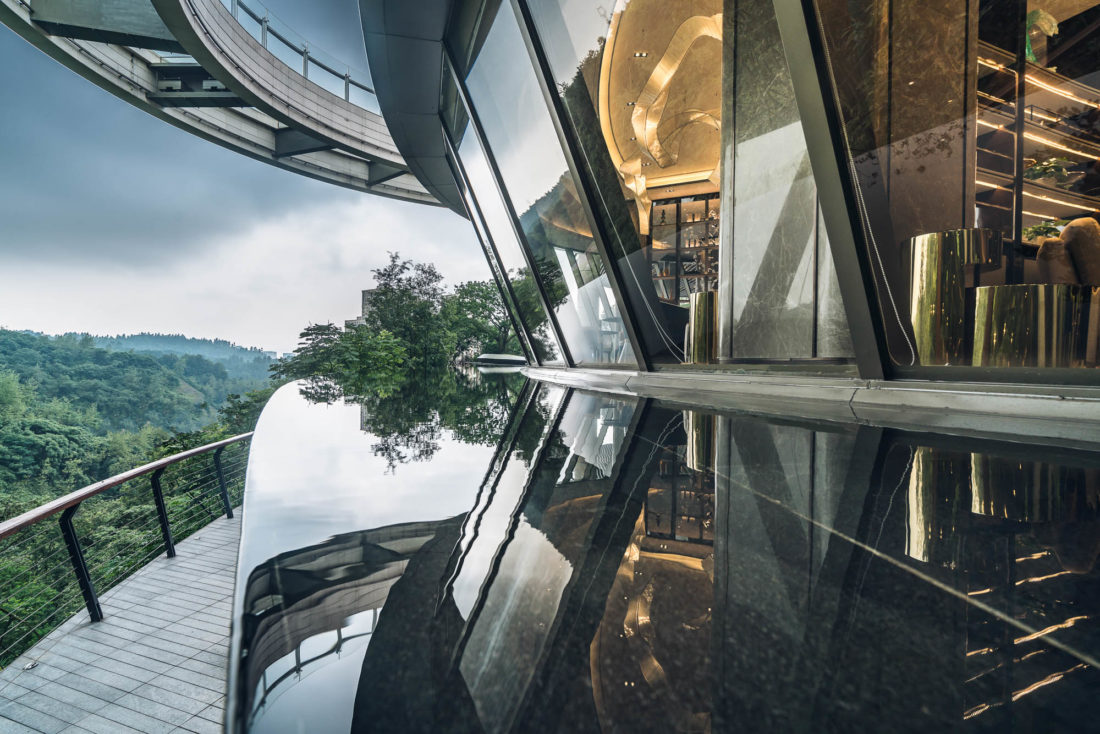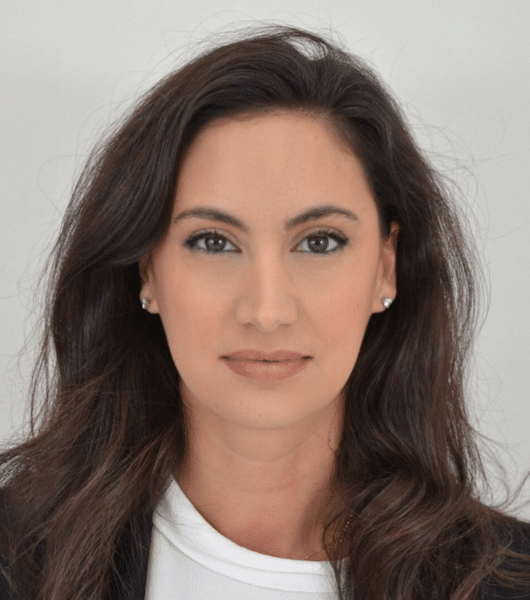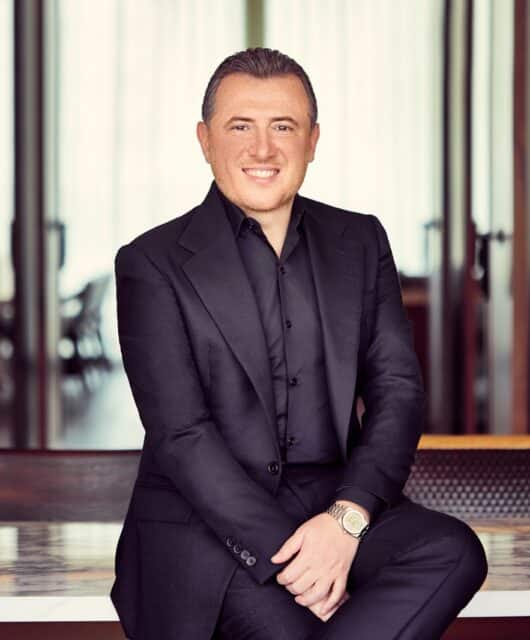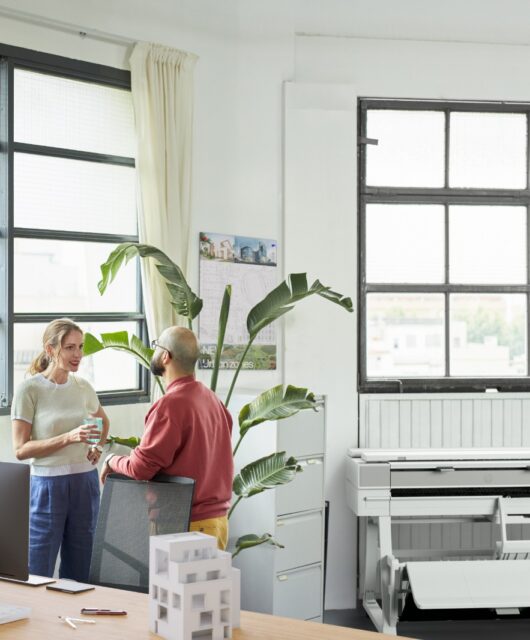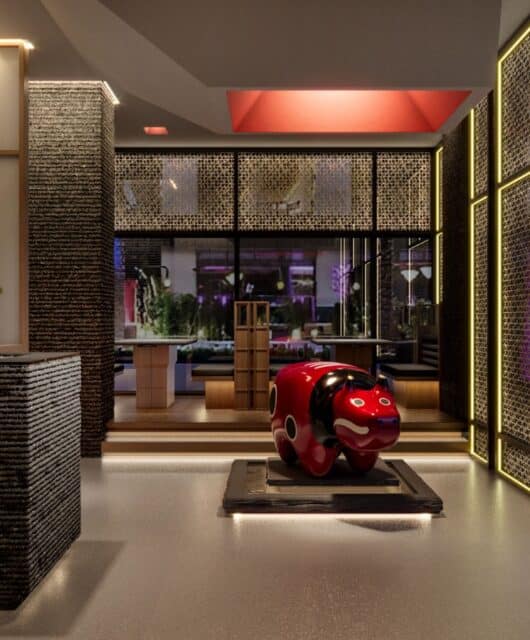 Kerem Cengiz, managing director and Kourosh Salehi, design director at LWK + PARTNERS, MENA, on architecture that adds value and incorporates—people, design, sustainability, and innovation at its heart
Kerem Cengiz, managing director and Kourosh Salehi, design director at LWK + PARTNERS, MENA, on architecture that adds value and incorporates—people, design, sustainability, and innovation at its heart
Interview by Roma Arora; photography by Farooq Salik
Location courtesy: Waldorf Astoria Dubai Palm Jumeirah
For every successful company, its biggest asset is its people. The same is the case with LWK + PARTNERS, a Hong Kong rooted, and stock exchange listed, integrated design studio established for over 33 years, with 10 studios spread across Greater China, Southeast Asia, and the Middle East. With less than a year in this region, LWK + PARTNERS is already handling major projects in the hospitality, retail, public realm, residential sectors including master planning and interiors. In a candid chat with the dynamic partnership spearheading this region—Kerem Cengiz, managing director and Kourosh Salehi, design director at LWK + PARTNERS’ MENA Studio, on the design philosophy that they promote and plan of the future.
Kerem Cengiz, managing director at LWK + PARTNERS, MENA

With a strong design-led background and technical and commercial aptitude, Cengiz has over 20 years of international experience across all aspects of real estate development. He aims to create developments in this region that contribute in combining high urban design quality with assured commercial success through innovation, strong leadership, and effective management. Cengiz says: “LWK + PARTNERS started modestly as a lot of practices, but grew organically over the years. At present, the company employs over 1,100 employees globally. Our head office is in Hong Kong and then, we have offices in China, Manila, Singapore, and Kuala Lumpur. For the MENA Region, we see huge potential and want to contribute to the success story and have launched our hub office in Dubai with staff having extensive experience internationally and across the region.” Cengiz narrates how LWK + PARTNERS climbed the ladder of success by building strong partnerships with the clients and offering uncompromising quality. He explains: “I believe one of the core elements of our business is that it started in a small way, this allowed us to build strong relationships with the leaders of major blue chip developers in Hong Kong, creating long-lasting and trustworthy bonds with the clients, and further helped us in creating a reputation in this industry, we are working hard to establish these bonds here across the MENA region.”
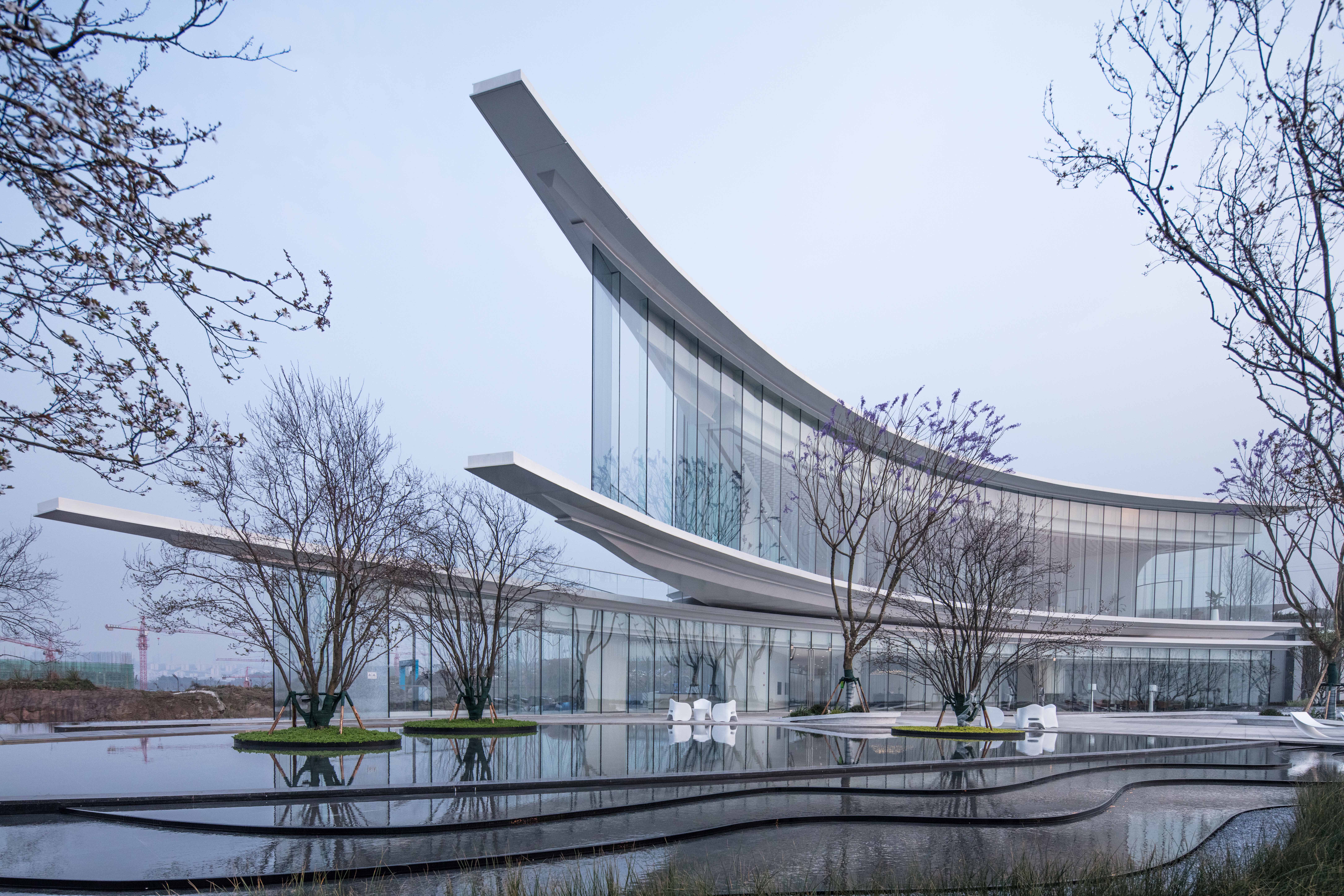
The company grew steadily in Hong Kong in terms of projects and employees and around 20 years ago, LWK + PARTNERS further decided to expand its reach and establish a strong base in the People’s Republic of China. There were a lot of challenges to conquer before fulfilling our China aspirations. Cengiz elaborates: “It was much harder than we expected, we battled and endured like many newcomers to China for 10 years, we did well but it was hard. Around 10 years later, legislation was introduced allowing a limited number of local design institutes (LDIs) be opened up for potential acquisition. We were fortunate to capitalise on this opportunity and that changed everything, it allowed us the full access across every stage across every discipline of the project life-cycle.”
Industry insiders know that it’s a tough time for the region. Despite all this, Cengiz wants the company to be a market leader in the coming 10 years. He explains: “We are fortunate to have certain competitive advantages for us. We have a strong stable business and investors that take a long-term perspective in establishing the MENA business during this time. We are demonstrating our commitment and our willingness to build relations by being here now and offering quality solutions. We have a great team and demonstrable experience, we are letting the region know who we are, what we’ve done, what we’ve achieved around the globe, and what we can offer them that adds value to their own business aspirations. We are privileged to have developed some wonderful connections in the region and in a very short span of time have already delivered success in five countries across the region— UAE, KSA, Oman, Qatar, and Egypt. Now, we’re looking at projects in Turkey, Ukraine, and Bulgaria.”

There are major realignments taking place in the development sector across this region which is why major international firms are interested in having their presence here; as with many other leaders Cengiz acknowledges that KSA has a huge potential. “There are significant opportunities in KSA, as with China before it, there are key imperatives that are driving the fundamentals of development and change, these are vital to understand along with the relevant and appropriate innovative solutions being one of the keys to success. LWK + PARTNERS are firm believers in technology and innovation, being early adopters and investors”, he states. Cengiz’s own endurance, perseverance, and leadership have helped the practice to secure significant and high-profile projects in the UAE, GCC, and internationally against other globally recognised international practices. This has earned him and his teams the “Mohammed Bin Rashid Al Maktoum Business Award for Innovation” in 2017, as well as “The Queen’s Award for Enterprise: International Trade” in 2009. “Our company is even working on AI and invests hugely in Big Data; we have our innovation centre in Shenzhen because a lot of our clients across China and Asia Pacific are interested in the technology and innovation discussion. We can demonstrate what we rollout in real time and how different technologies work on real projects with their benefits and potential outcomes. We want to bring this along with great design to add value and more in this region,” signs off Cengiz.
Kourosh Salehi, design director for LWK + PARTNERS, MENA
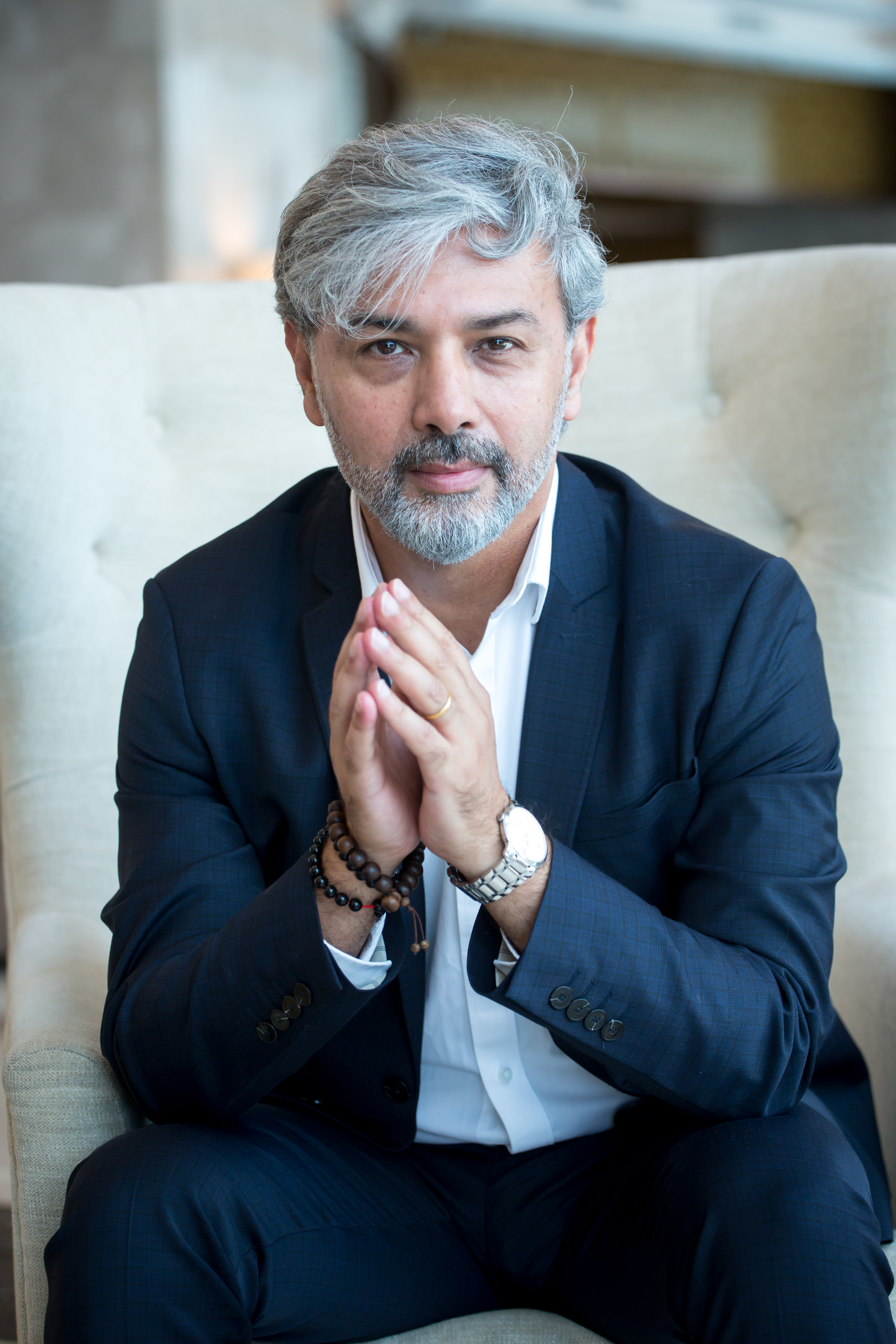
As a designer, Salehi explores the possibilities of the creative process to generate a bespoke solution for any given design brief. He is an award-winning British architect, urbanist, and educator with over 25 years of international experience. He has designed and successfully delivered a range of multi-disciplinary signature projects in the UK, Asia, and the Middle East. As an urban designer, he has led the design process for the urban skyline and was the team leader for compiling the Architectural Design Guidelines for the Emirates of Sharjah. Salehi believes that this is the right time to exploit the opportunities in the MENA region, as the built environment is taking a new direction. He says: “Architecture as a discipline is going through a very interesting phase in this part of the Middle East. It is transitioning from the purely commercial developer-led design industry to a more focused field with components like the public realm consideration and sustainability given equal importance.
The public sector is increasingly investing in the future livability aspects of cities. We are currently working on a series of cutting-edge ideas with the Dubai government: These are a range of great visionary ventures about the future of the city and its inhabitants which we are very excited about.” Salehi defines architecture in the best possible manner, an alternative perspective that is rarely discussed. He says: “There is no one single dimensional aspect of doing architecture. A Built form need not necessarily be iconic or remembered for merely offering a complex external envelope. Architecture is more complex and should be embraced with all its intricate components. An architecture that is socially-conscious, that cares about the beauty of human engagement with space, is willing to take risks and test the boundaries, is innovative, and invests in new materials— is infinitely more exciting.” Salehi’s ideologies are clear and he also knows that sustainable developments are the only way to secure the cities for the future generations. Salehi urges: “Sustainability needs to be endorsed and embraced holistically. There are several aspects to this: as well as environmental and economical aspect, social sustainability needs more attention and must be debated with greater rigour.” “There are many stakeholders and visionaries that need to participate in the future growth of our cities. Active discourse and engagement of all those interested in the built environment is urgent and needs far more involvement,” Salehi adds. So, what kind of buildings do you want to design in this region? Salehi answers: “I am an urbanist as well as a practising architect. Although I’m very excited by the built form, I find the context in which a building is set also of great challenge and possibility.”
He adds: “Understanding of context is an inherent property of architectural practice and needs to become central to the design debate.” Salehi points out that architects can and should positively contribute to wider urban investigation. Clearly, Salehi is passionate about architecture in general and tall buildings in particular, and there are many reasons why he supports them: “It is expected that cities will house over 70% of human population in the next three decades. Horizontal expansion of city boundaries, diminishing nature, and the countryside is not a conceivable option. If carried out well, tall buildings can be an extremely effective means in challenging urban sprawl and becoming efficient, functioning communities. Developers, designers, and thinkers need to investigate the high-rise option to explore innovative and sustainable means of dealing with urban expansion.”
There are some exciting projects in the pipeline for LWK + PARTNERS and Salehi is glad to see how the Middle East is understanding the concept of master planning in the built environment. He shares: “We have just come back from Saudi with the possibility to carry out a major project, and currently are working with the client to define its framework, so I find that extremely exhilarating. Master planning and urban design could be considered as a relatively new discipline that is increasingly accepted way to configure future cities and create livable environments that are more planned rather than haphazard and organic. Clearly, the need for coherent and integrated master planning is becoming more imperative. It’s great to see that Middle Eastern cities are accepting its value and are willing to invest in the wider process of design.”
